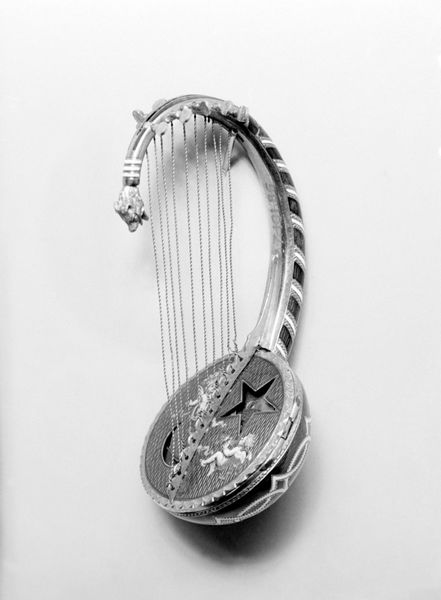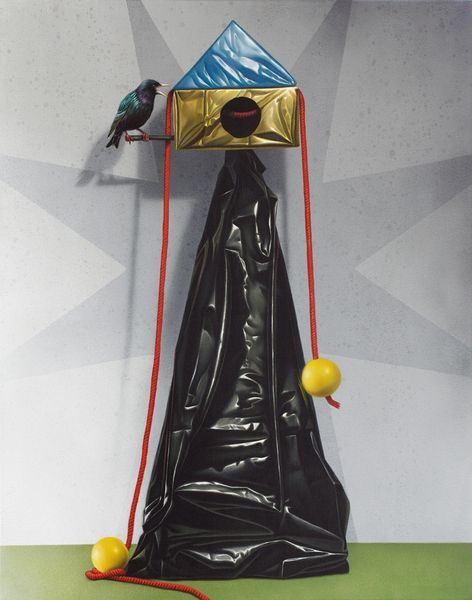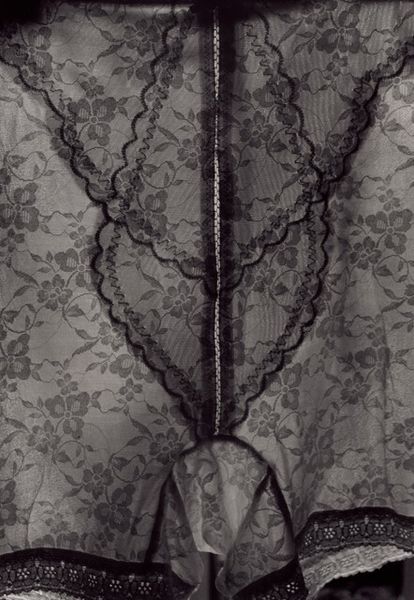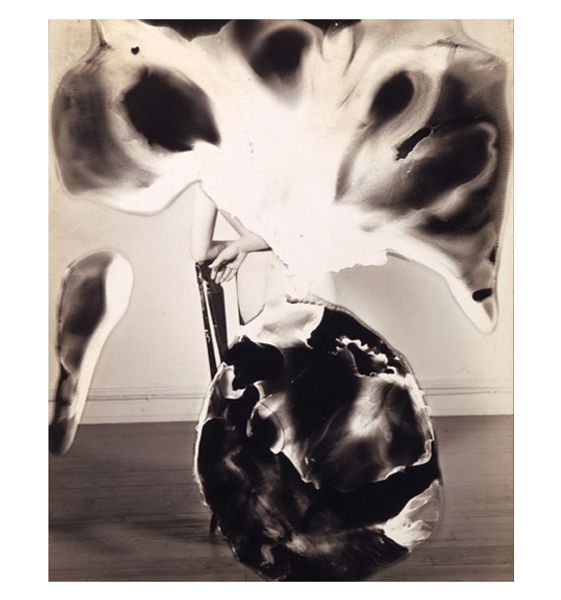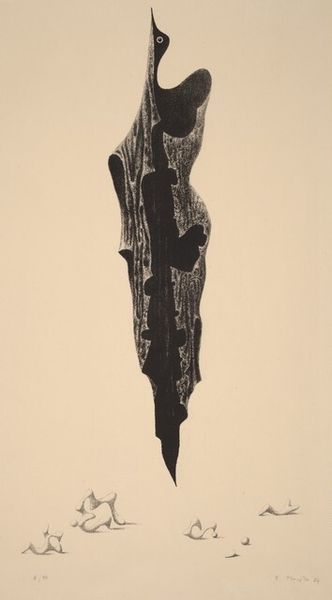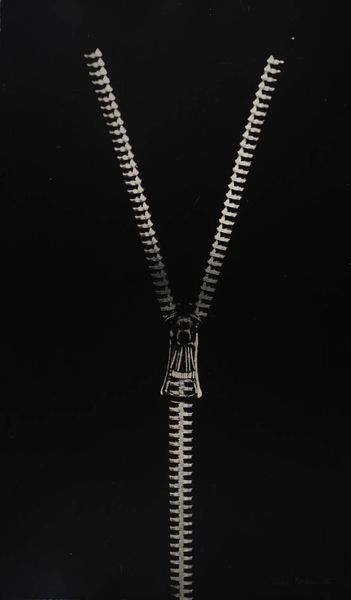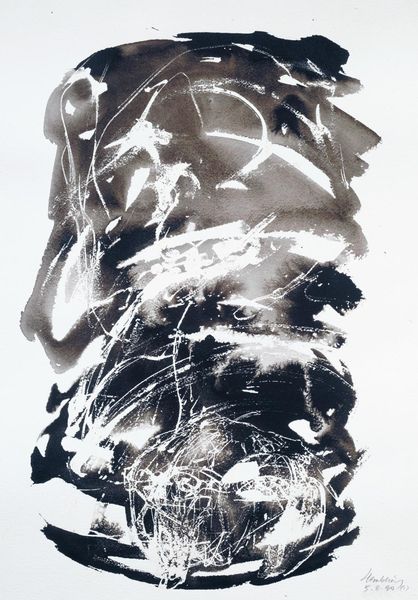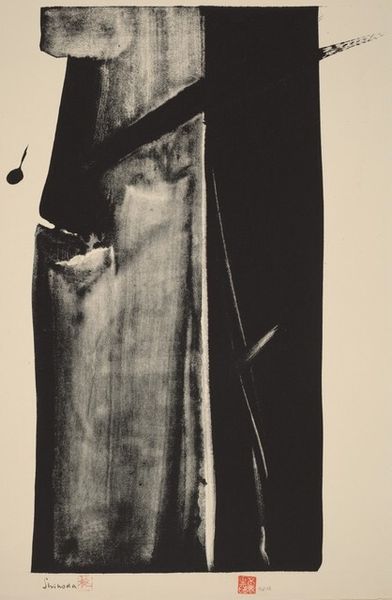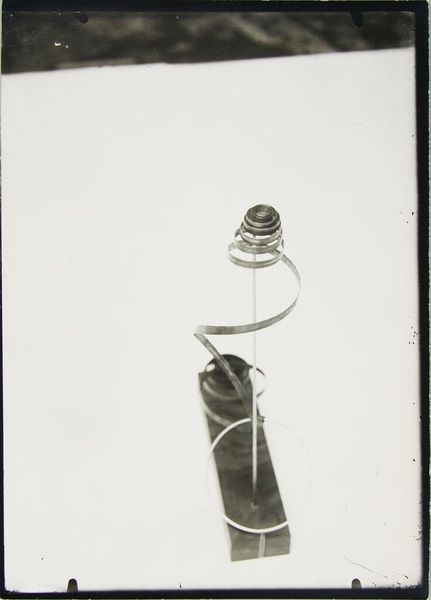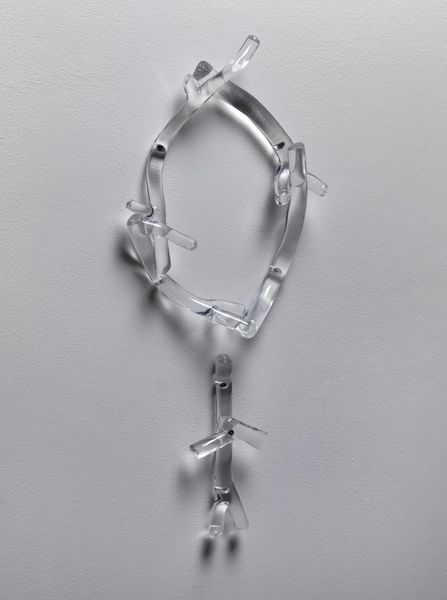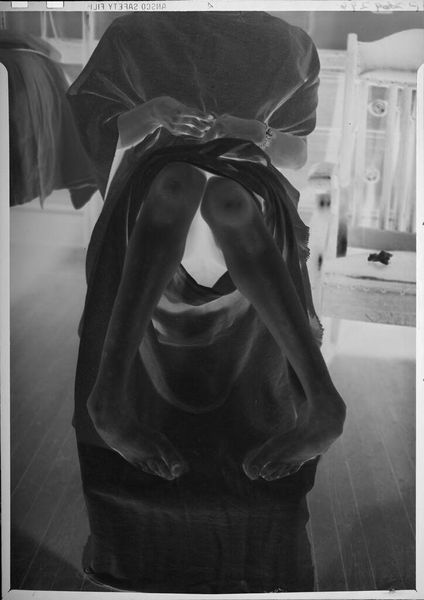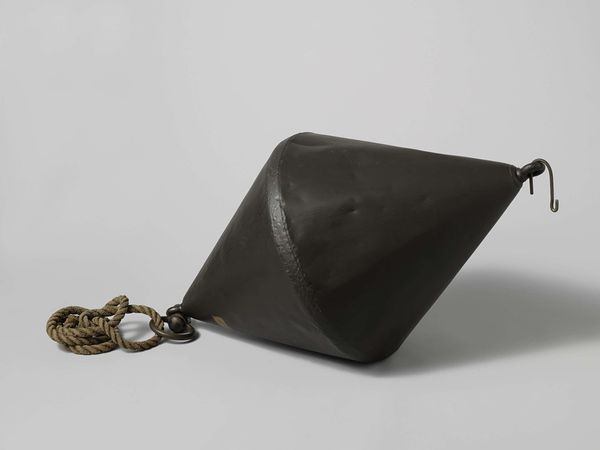
fibre-art, ornament, silver, metal, sculpture
#
fibre-art
#
ornament
#
silver
#
metal
#
sculpture
#
decorative-art
Dimensions: 1 3/4 × 1 in. (4.4 × 2.5 cm)
Copyright: Public Domain
Editor: Here we have a "Watch" from the 19th century, currently housed at the Met. It's made of silver and other metals, plus what looks like fiber art elements. What strikes me is how ornate it is for a utilitarian object. What story does this piece tell about its time? Curator: Well, looking at the materiality tells us a lot. The use of silver and metal indicates wealth and status, obviously. But also consider the labor involved. This wasn't mass-produced; a skilled artisan meticulously crafted each element. Think about the social context. Who would have owned this? What kind of clothing would have been required to bear such an object on their person? Editor: It makes you think about the disparity between the person who commissioned and wore this and the artisan who made it. Did the decorative arts of this era tend to elevate the status of the wealthy? Curator: Absolutely. Ornamentation like this was a direct expression of power and leisure. Consider the function—it's a watch. The wealthy controlled time; their schedules dictated the pace of society. This wasn't about telling time, but demonstrating one's place in a new, industrialized social and labour order. But I would challenge the assumed "superiority" of high art as opposed to functional crafts like this: one may ask where the real aesthetic work is accomplished, with this or other art forms? Editor: So the "decorative" aspect wasn’t just about aesthetics; it was actively reinforcing a social hierarchy through labor, access, and materiality. Curator: Precisely. The material and production process were just as crucial to the message as the design itself. That's often lost when we view these objects in a museum setting without acknowledging the broader socioeconomic forces at play. Editor: It gives me a totally different appreciation for these pieces. Seeing art as an output of socio-economic trends, rather than simply as aesthetics, provides a whole other lens. Curator: And hopefully a way of assessing modern society, where such socioeconomic inequalities in materials are also often disguised as being merely aesthetic.
Comments
No comments
Be the first to comment and join the conversation on the ultimate creative platform.

